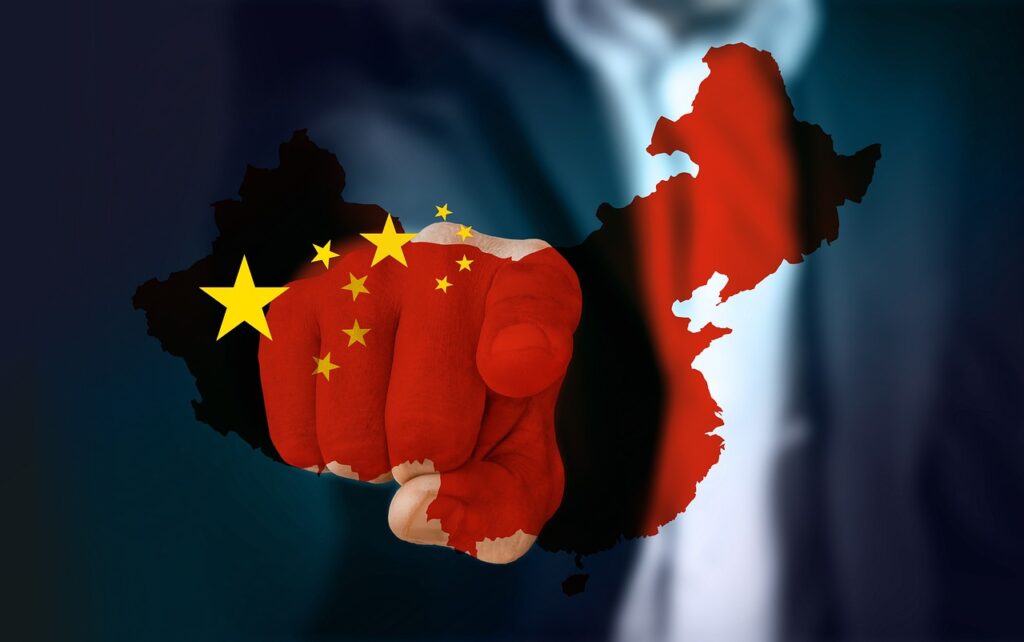The distribution of hydrogen production capacity showcases significant geographic concentration. Notably, six of the ten leading companies in green or blue hydrogen capacity installations are rooted in China. With 65% of the global clean hydrogen capacity installations in 2024 attributed to China, the country solidifies its leadership position in the hydrogen economy. This highlights the country’s strategic investment in alternative energy solutions and technological developments.
The landscape also features participation from companies in other regions, with one each from the United States, South Korea, Germany, and Hungary. This diverse but uneven distribution underscores a global acknowledgment of hydrogen’s potential while emphasizing China’s leading role. Furthermore, 92% of the capacity installed in 2024 was green hydrogen, illustrating a growing preference for environmentally sustainable solutions.
Despite the challenges in the hydrogen sector, such as economic viability and infrastructure development, these investments point to a clear commitment to advancing hydrogen as a clean energy source. This movement is poised to reshape energy markets by addressing carbon emissions and supporting sustainable development.
Interest in hydrogen technology is a part of a broader trend towards decarbonization. It reflects the global effort to transition towards cleaner forms of energy, reducing dependency on fossil fuels. Market dynamics and continued investments, particularly from China, indicate a shift that may redefine energy production and consumption patterns globally. Although hydrogen holds promise, its deployment must navigate a complex interplay of technological, economic, and regulatory hurdles to achieve its full potential as a mainstream energy source.





